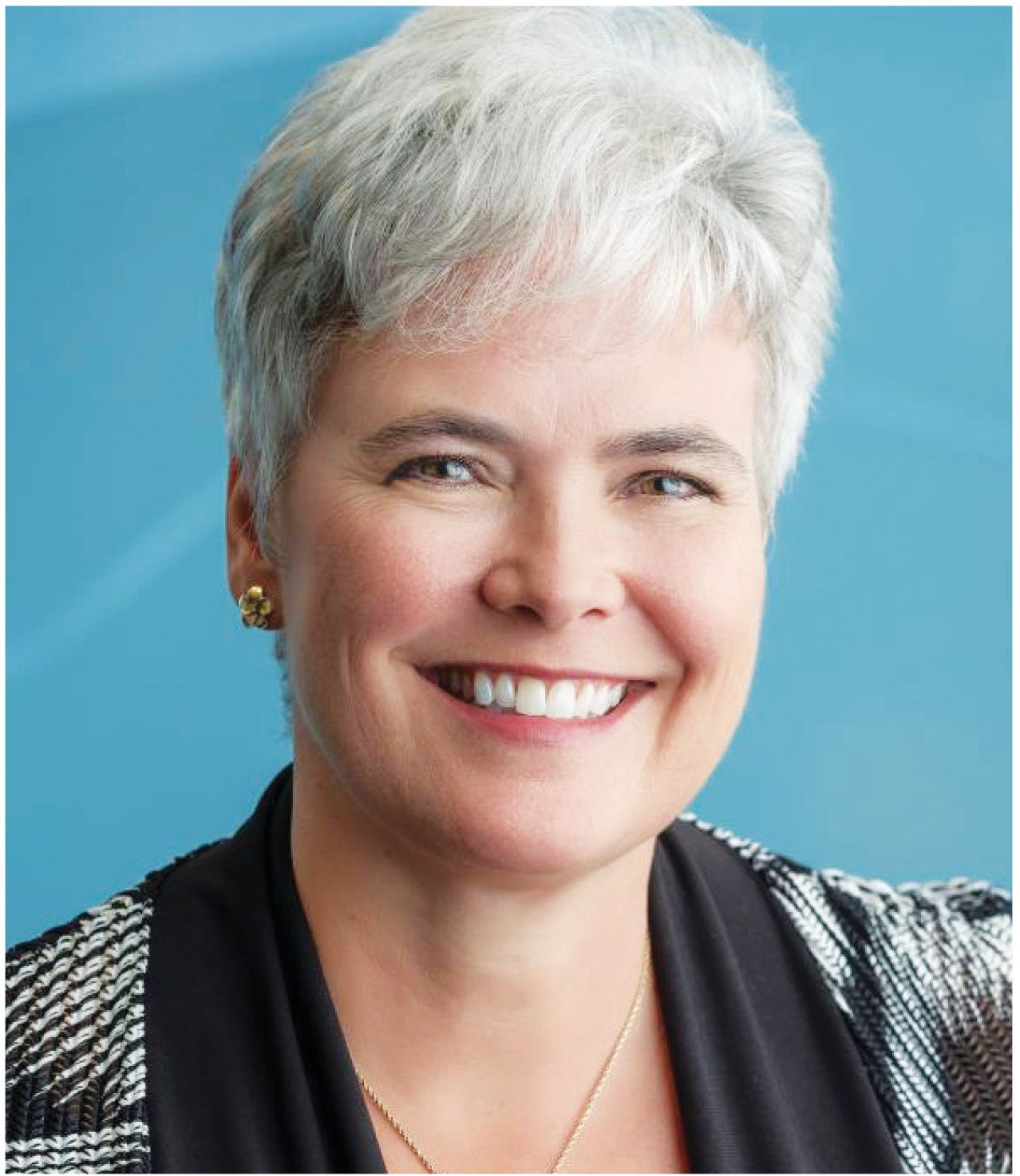Physician wellness
 |
| Dr Kathleen Ross |
“I shall not today attempt further to define [it]. . . but I know it when I see it.”
—Justice Potter Stewart
While this quote applies to something much more graphic, I feel that it could also describe physician wellness. Wellness has a wide variety of definitions for physicians, many of which depend on our current state of physical and mental health, work pressures, family demands, and stage of career. How then do we figure out the different aspects of wellness and effectively address them to find the right solutions and improve the working and personal lives of physicians?
I know how important this is, and fortunately, work on this front is moving forward at a rapid pace. At the grassroots level across BC, divisions of family practice and medical staff associations support physician wellness champions (among other initiatives) who connect with their colleagues to strengthen health and wellness work. As well, the Specialist Services Committee has made addressing physician burdens, burnout, and wellness at the local level a new strategic priority. Each local initiative is unique in its approach (many of which are targeted at individual processes), and while their importance is valued by many, we must find system-wide solutions to tackle the problem at the source.
Doctors of BC’s Physician Burdens survey of members revealed that a fair number of the pressures that physicians face fall well outside the individual physician’s control and contribute to the moral injury that is driving burnout across our profession. Physicians reported working in environments with excessively high demands from clinical settings, administrators, and patients. In some cases, physicians are working in environments that are not physically safe and fail to meet the basic WorkSafeBC Occupational Health and Safety Regulations that, by law, apply to all workers in BC. Tremendous variation exists across clinical settings, which highlights the upstream system problems requiring an overarching approach.
In response to member identified priorities, the 2019 Physician Master Agreement generated a memorandum of agreement with our health authorities, titled Physical and Psychological Health and Safety, which is intended to ensure physician input to improve physical and psychological workplace health and safety for health care workers. In consultation with physician groups across BC, our governance bodies have committed to establishing occupational standards across all health authorities, as defined by the Canadian Standards Association (CSA). This is a complex issue. For those not aware of the CSA Standards, there are 13 workplace factors that it suggests addressing: organizational culture, psychological and social support, clear leadership with expectations, civility and respect, psychological demands, growth and development, recognition and reward, involvement and influence, workload management, engagement, balance, psychological protection, and protection of physical safety.
Finding solutions that address the systemic pressures needs to begin with face-to-face meetings between administrators and physicians where honest and safe conversations about the barriers can take place and answers that respect the perspectives and capabilities of all parties are co-developed. Physicians cannot do this in isolation; neither should we leave our administrators to establish processes without our specific grassroots knowledge.
Other than the initiatives developed by Doctors of BC, medical staff associations, and divisions, a number of other systems-level solutions are in various stages of implementation, including work with ICBC, WorkSafeBC, and health authorities, among others. As well, through the Regional Physical/Psychological Health and Safety Working Group, Doctors of BC will now have representatives in provincial and regional structures to gather your input and to help establish processes that support physician-specific physical and psychological safety projects. These representatives need your participation, in whatever way you are able to engage, to provide an adequate foundation and inform new processes. Doctors of BC will be reaching out and I encourage everyone to contribute.
BC is not alone in recognizing the complexity and critical timing of this issue. The Canadian Medical Association Statement on Physician Health and Wellness (www.cma.ca/sites/default/files/2018-11/physician-health-wellness-statement-e.pdf) of 2018 established several principles for the consideration of physicians across Canada. The aspect that resonated with me the most was that regardless of the definition, physician wellness should be a shared responsibility and a quality indicator. For too long, we physicians have toiled in isolation, carrying our many burdens. The way forward is to share our loads and begin to truly and fully address the system pressures alongside those with the organizational prowess to make meaningful improvements.
—Kathleen Ross, MD
Doctors of BC President

